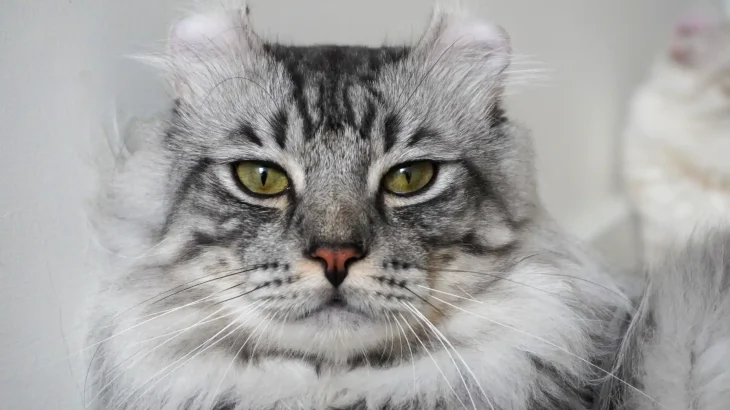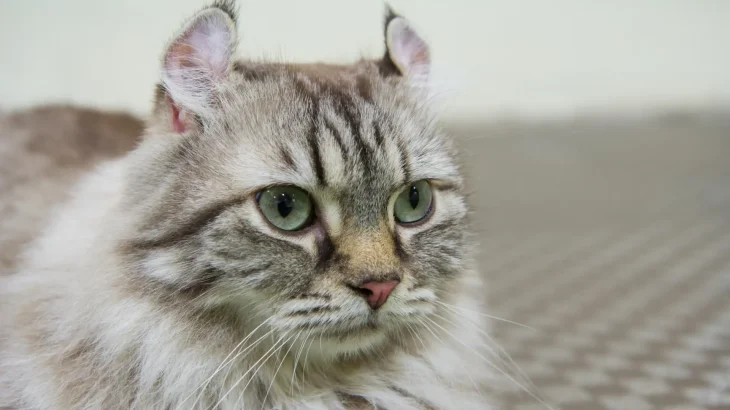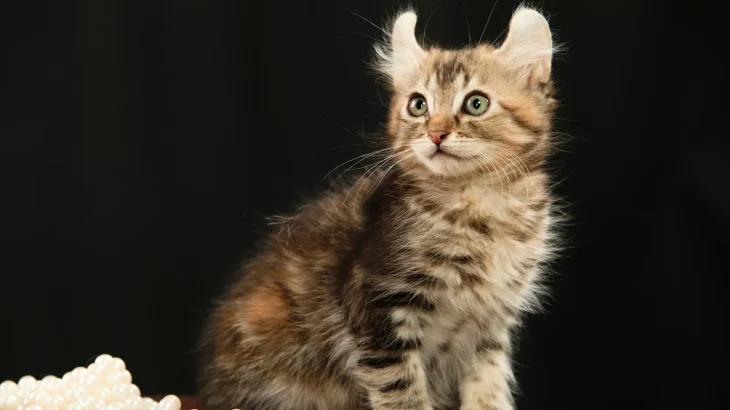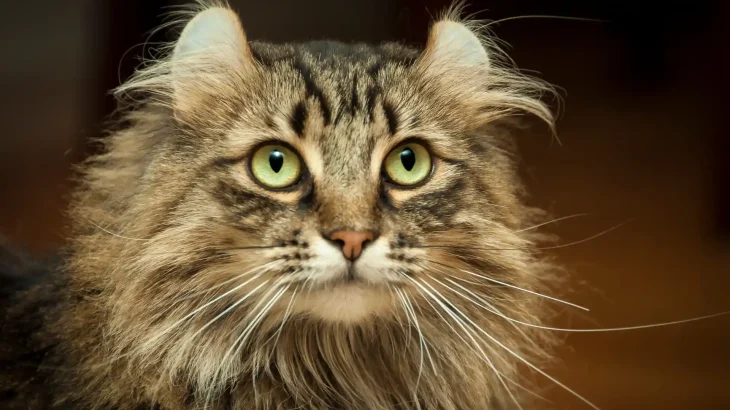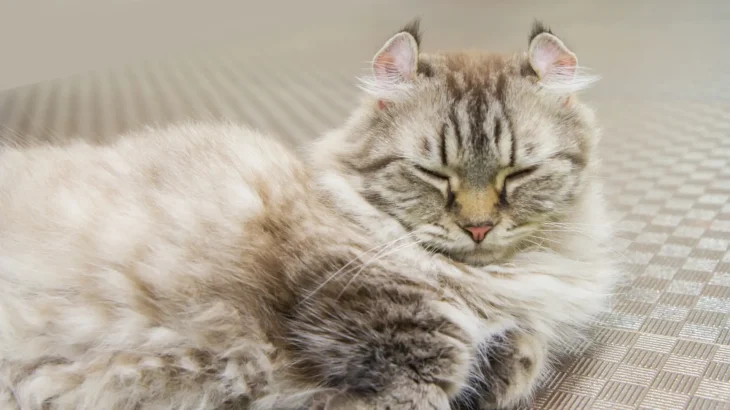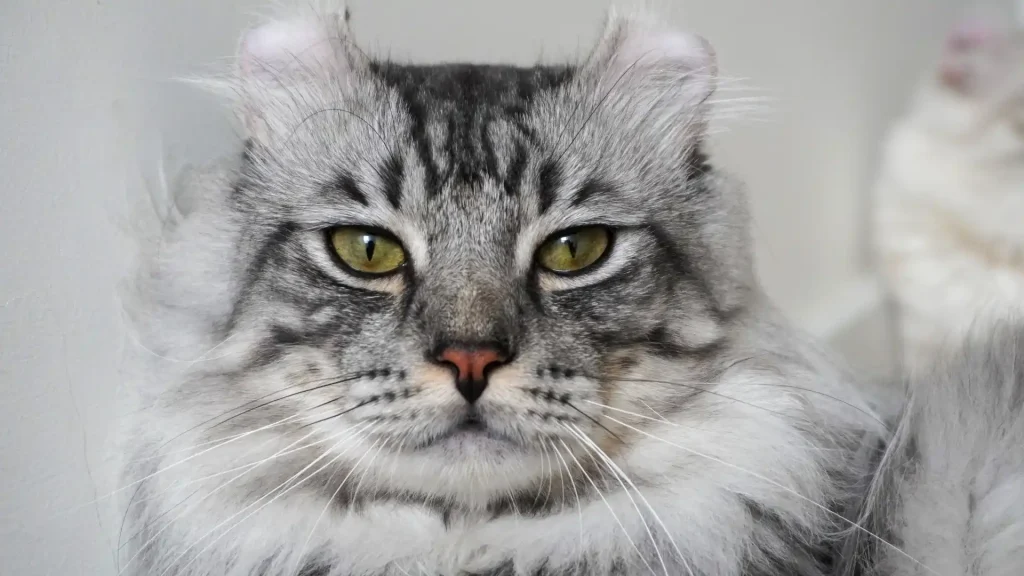Deciding between adopting or purchasing an American Curl kitten involves weighing factors like availability and health information. Since American Curls are a rare breed with limited breeders, finding one for adoption might be challenging, but it offers a chance to provide a home to a cat in need. Buying from a breeder often comes with detailed health history and pedigree documentation but usually at a higher cost and less availability.
Adoption vs. Breeder: Pros & Cons
| Criteria | Buying from Breeder | Adopting from Shelter/Rescue |
|---|---|---|
| Cost | Higher cost due to rarity and breeding expenses. | Lower fees, often covering vaccinations and spaying/neutering. |
| Health History | Detailed health records and genetic screening usually provided. | Health background may be unknown; shelters perform basic checks. |
| Age Availability | Primarily available as kittens. | May find cats of various ages, though American Curls are rare in shelters. |
| Temperament Insight | Breeders often know lineage traits and temperament. | Shelter staff can share observed behavior, but full background may be limited. |
| Ethical Considerations | Supports selective breeding programs to maintain breed standards. | Supports animal welfare by giving a home to cats in need. |
| Breed Purity & Pedigree | Documentation and pedigree provided for breed assurance. | Usually no guarantee of purebred status or pedigree. |

